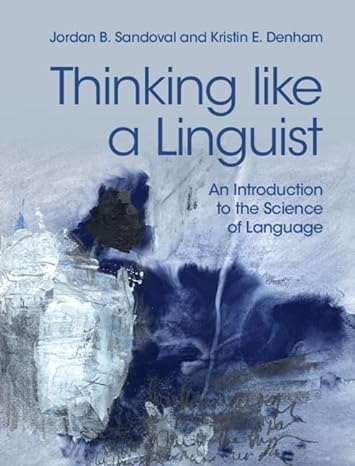Sale!
Thinking Like a Linguist ; An Introduction to the Science of Language
Original price was: $39.99.$24.99Current price is: $24.99. $19.99
Download Thinking Like a Linguist ; An Introduction to the Science of Language written by Jordan B. Sandoval (Author) ; Kristin E. Denham (Author) in PDF format. This book is under the category Linguistics - Linguistics and bearing the isbn13 numbers 1107183928/9781107183926. You may reffer the table below for additional details of the book. We do NOT provide access codes, we provide eBooks ONLY. Instant access will be granted as soon as you complete the payment.
Additional information
| book-author | Jordan B. Sandoval (Author), Kristin E. Denham (Author) |
|---|---|
| publisher | Cambridge University Press |
| file-type | |
| pages | 200 |
| language | English |
| isbn10 | 1107183928 |
| isbn13 | 9781107183926 |
